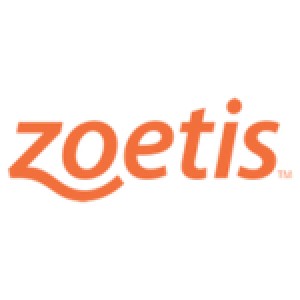CT findings in the diagnosis of peripheral vestibular syndrome in a ferret (Mustela putorius furo)
Hallazgos de tomografía computerizada en el diagnóstico de síndrome vestibular periférico en un hurón (Mustela putorius furo)
R. M. Almela, A. Bayón, A. Ansón
Contacto: Agustina.Anson-Fernandez@vetmeduni.ac.at
Resumen
La otitis media-interna es la causa más común del síndrome vestibular periférico en perros y gatos, sin embargo hay poca información al respecto en los hurones. Se atiende en consulta un hurón de 8 años de edad, hembra castrada, debido a un cuadro de inicio agudo de inclinación de la cabeza hacia la izquierda. El examen neurológico fue compatible con el síndrome vestibular periférico. Se realizó una tomografía computarizada (TC) que confirmó la presencia de otitis media. La TC es una técnica de diagnóstico rápida y práctica para descartar la otitis media en el hurón.
Palabras clave: otitis media, OCT (Tomografía de Coherencia Óptica), queratectomía.
Clin. Vet. Peq. Anim, 2017, 37 (3): 189-192
Summary
Otitis media-interna are the most common causes of peripheral vestibular disease seen in dogs and cats, but there is little information in ferrets. An 8-year-old, neutered female ferret was presented because of an acute onset of a left-sided head tilt. Neurological examination was compatible with peripheral vestibular syndrome. Computed tomography (CT) confirmed the presence of otitis media. CT is a useful, quick and practical technique to rule in or rule out the presence of material in the middle ear in the ferret.
Keywords: otitis media, OCT (Optical Coherence Tomography), keratectomy.
Clin. Vet. Peq. Anim, 2017, 37 (3): 189-192






















